Summary | Excerpt | Reviews | Beyond the Book | Read-Alikes | Genres & Themes | Author Bio
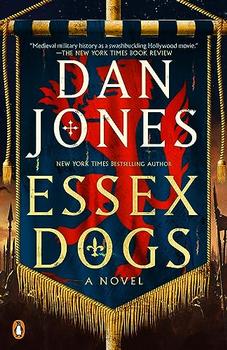
Critics' Opinion:
Readers' Opinion:
First Published:
Feb 2023, 464 pages
Paperback:
Dec 2023, 464 pages
 Book Reviewed by:
Book Reviewed by:
Katharine Blatchford
Buy This Book
This article relates to Essex Dogs
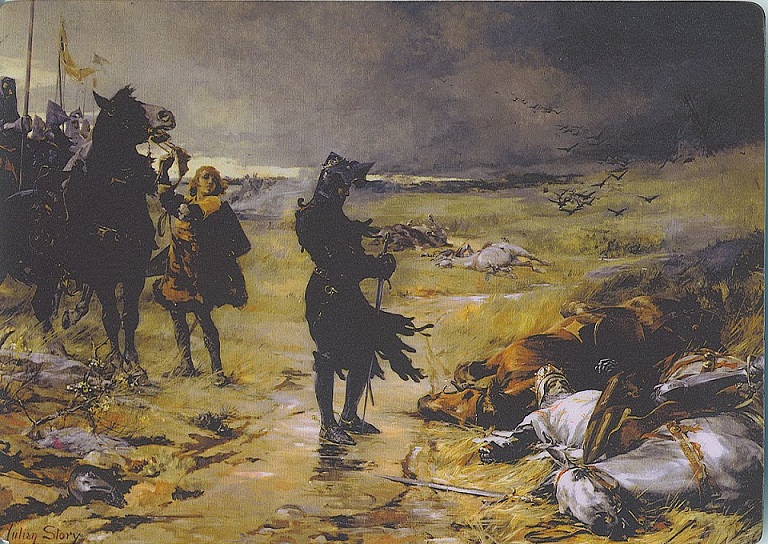 In Dan Jones' novel Essex Dogs, readers see fictionalized portrayals of royalty and knights from the point of view of the foot soldiers under their command in the early years of the Hundred Years' War (a series of wars interspersed with truces between the French and English that began in 1337 and lasted for 116 years). Far from the fantasy of the noble knight, they are often brutal, petty and crude. The archetype of the chivalric knight in shining armor has long been ubiquitous, but what did chivalry actually mean to medieval Europeans? The word itself, which derives from the Latin word for horse, has had multiple meanings over the centuries. Originally, it simply referred to mounted warriors. Later, it came to mean knights—not just any soldier on horseback, but specifically those of noble birth. Finally, by the late 14th century, it had expanded to include the code of ethics those knights were expected to follow.
In Dan Jones' novel Essex Dogs, readers see fictionalized portrayals of royalty and knights from the point of view of the foot soldiers under their command in the early years of the Hundred Years' War (a series of wars interspersed with truces between the French and English that began in 1337 and lasted for 116 years). Far from the fantasy of the noble knight, they are often brutal, petty and crude. The archetype of the chivalric knight in shining armor has long been ubiquitous, but what did chivalry actually mean to medieval Europeans? The word itself, which derives from the Latin word for horse, has had multiple meanings over the centuries. Originally, it simply referred to mounted warriors. Later, it came to mean knights—not just any soldier on horseback, but specifically those of noble birth. Finally, by the late 14th century, it had expanded to include the code of ethics those knights were expected to follow.
This code changed over time. Early concepts of chivalry were more focused on military virtues such as courage, skill in battle and loyalty. Later it gained a religious aspect. Members of the clergy advocated for a version of the chivalric code in which knights swore to defend the church; this had the added benefit of working as a recruitment tool for the Crusades (a series of wars over land in the Middle East fought between Christians and Muslims that began in 1096 and lasted almost two centuries). The development and spread of romantic literature featuring themes of courtly love and honor towards ladies also affected cultural perceptions about chivalry.
One of the most important of the noble characters in Essex Dogs is the 16-year-old Prince Edward, based on a real historic figure whose story demonstrates some of the contradictory ideas about chivalry. Edward of Woodstock, born in 1330, was the first son and heir of King Edward III of England and his queen Philippa of Hainault. Though still young and inexperienced at the time portrayed, Prince Edward went on to become a highly celebrated knight. The Battle of Crécy, depicted in the novel, was just the beginning. In 1356 he dealt the French a crushing defeat and captured King John II of France during the Battle of Poitiers. This led to the treaty wherein England received the duchy of Aquitaine from France. His father made him Prince of Aquitaine, which he ruled until 1370, when he was deposed in a revolt. He died in 1376, leaving his son Richard to take his place as heir apparent and eventual King of England. Today Edward is known as the Black Prince, but the first known use of the term was actually more than a century after his death.
Both during his lifetime and after it, Prince Edward has been portrayed in several seemingly contradictory lights. He was lauded for his chivalry, described as humble and courageous in battle. He was noted to have treated King John II with honor. However, he was also known for his brutality. While some of that reputation—such as the claim by medieval chronicler Jean Froissart that he massacred 3,000 people during his sacking of Limoges—now appears to have been exaggerated, he certainly led and participated in highly destructive military campaigns. These characteristics may seem antithetical, but 14th-century ideas about chivalry were mainly concerned with how nobles behaved toward other nobles, rather than toward the common people.
It is important to remember that our modern understanding of the concept of chivalry has been influenced by centuries of cultural change and political maneuvering. Shakespeare's history plays, for instance, have had a major influence on how the time periods and figures portrayed are viewed. However, they were intended to appeal to the aristocracy and especially monarchs of England at the time they were written. His depictions of historical figures were meant to be entertaining and supportive of the current regime, rather than accurate. Later, the sociopolitical upheaval of the Industrial Revolution led to a revival of interest in, and romanticizing of, the Middle Ages. This can be seen in works such as Walter Scott's Ivanhoe (1819) and Alfred Tennyson's Idylls of the King (1859-1885), which were inspired by medieval history and literature but incorporated 19th-century sensibilities. This conception of the gallant knight errant and pure chivalric code still have a large influence on popular imaginings of medieval society.
The Black Prince at Crécy (1888) by Julian Russell Story
Filed under People, Eras & Events
![]() This "beyond the book article" relates to Essex Dogs. It originally ran in March 2023 and has been updated for the
December 2023 paperback edition.
Go to magazine.
This "beyond the book article" relates to Essex Dogs. It originally ran in March 2023 and has been updated for the
December 2023 paperback edition.
Go to magazine.
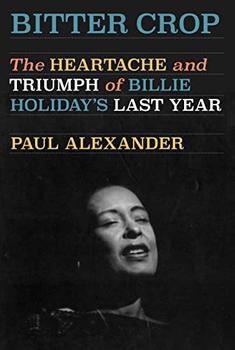
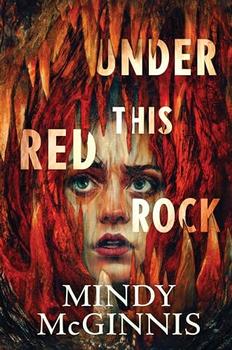



The House on Biscayne Bay
by Chanel Cleeton
As death stalks a gothic mansion in Miami, the lives of two women intertwine as the past and present collide.
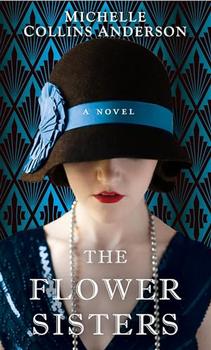
The Flower Sisters
by Michelle Collins Anderson
From the new Fannie Flagg of the Ozarks, a richly-woven story of family, forgiveness, and reinvention.

The Funeral Cryer by Wenyan Lu
Debut novelist Wenyan Lu brings us this witty yet profound story about one woman's midlife reawakening in contemporary rural China.
Your guide toexceptional books
BookBrowse seeks out and recommends the best in contemporary fiction and nonfiction—books that not only engage and entertain but also deepen our understanding of ourselves and the world around us.